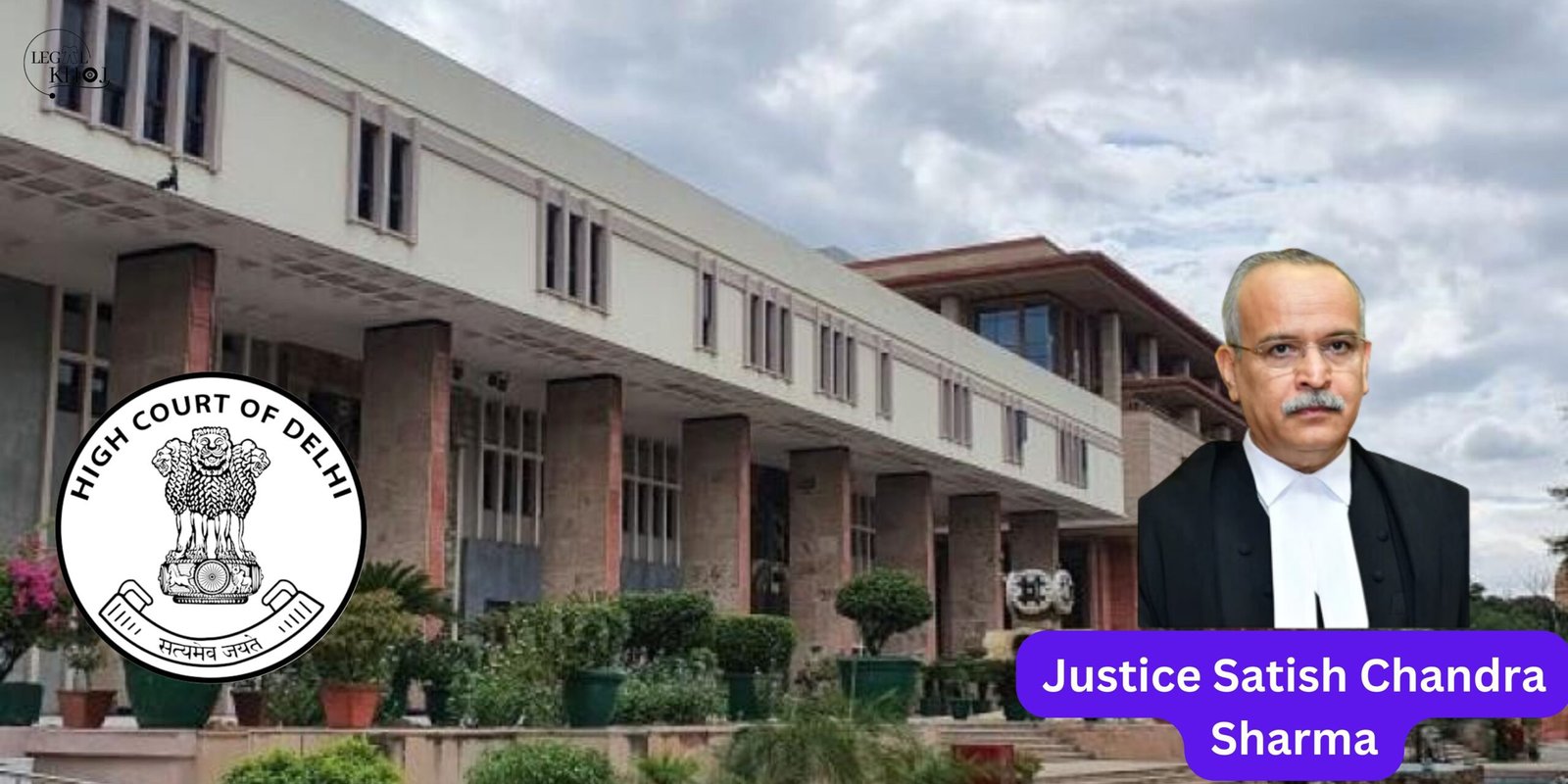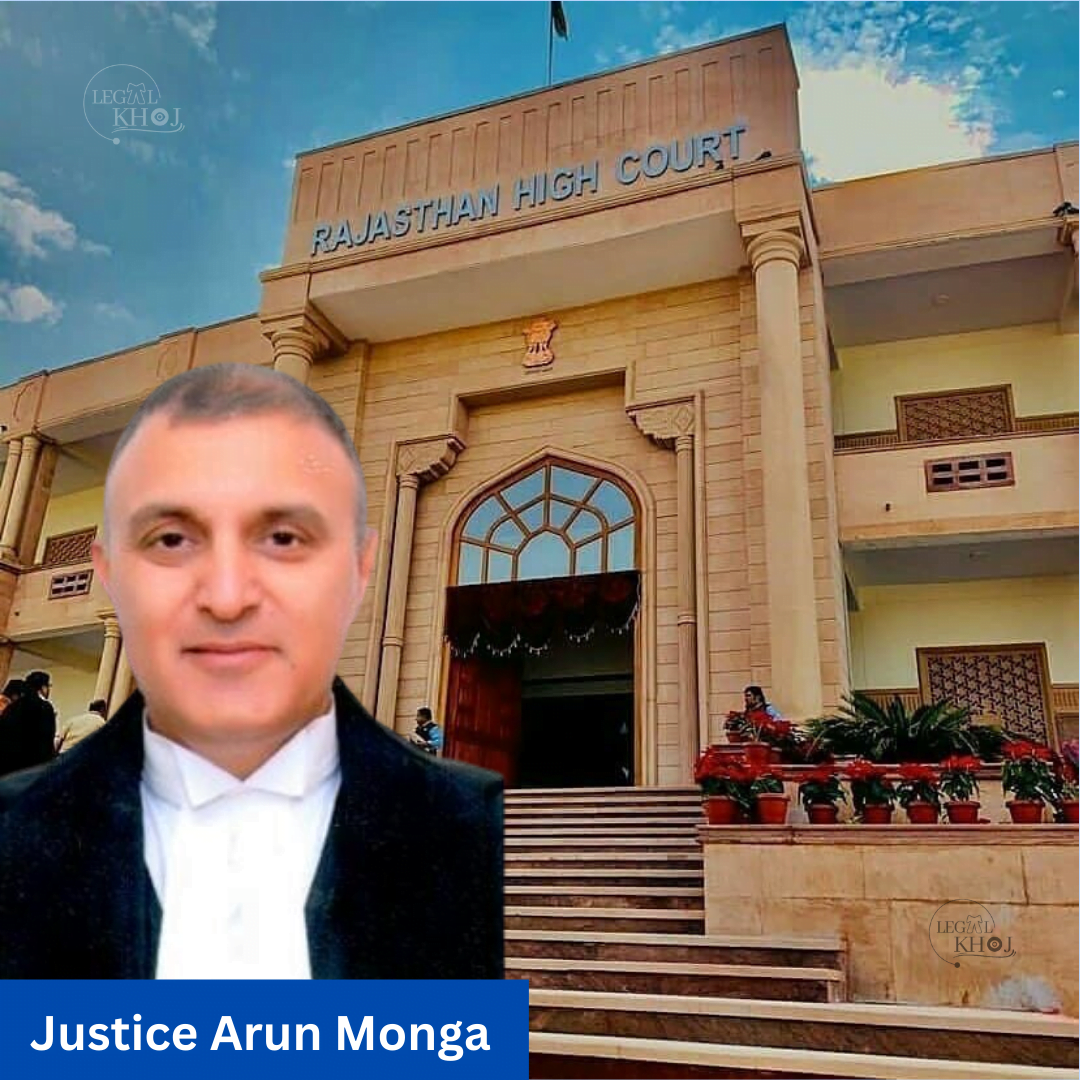Delhi High Court Bolsters Efforts to Raise Awareness of Welfare Schemes
In a case where a suo motu Public Interest Litigation (PIL) was initiated concerning the welfare of family members of both undertrial prisoners and convicts, the Division Bench consisting of Chief Justice Satish Chandra Sharma and Justice Sanjeev Narula, of the Delhi High Court, expressed the view that several government departments and ministries, including the Ministry of Skill Development, the Ministry of Housing and Urban Affairs, and the Ministry of Rural Development, among others, were actively implementing social and developmental programs. These programs were available to the dependents of prisoners, and they were eligible to receive benefits from these initiatives.
Nevertheless, the Delhi High Court issued directives to enhance awareness and publicize the existing schemes. The goal was to ensure that prisoners and their dependents were well-informed and could easily access the respective benefits that were available to them.
Background by Delhi High Court
The Delhi High Court took note of a preventive and strategic initiative conducted by the National Legal Services Authority (NALSA) aimed at the well-being of the families of individuals incarcerated in prisons. This program was named “A Campaign for Legal Assistance to the Family Members of the Prisoners” and had several key components. These included formal meetings with both inmates and their family members, a commitment to addressing the issues raised during these interactions, regardless of the inmate’s location, and providing support for accessing government assistance programs. The campaign’s focus group encompassed both convicts with sentences of six months or more remaining and undertrials who had been in detention for a continuous period of one year or more.
The Delhi High Court was informed about the “Scheme for Financial Sustenance, Education, and Welfare of Children of Incarcerated Parents, 2014” (referred to as the ‘2014 Scheme), which was formulated by the Department of Women and Child Development in the Government of Delhi. This scheme was specifically designed to provide financial support, education, and welfare assistance to children with parents who were incarcerated.
Upon a thorough examination of the 2014 Scheme, the Delhi High Court identified certain limitations. It became apparent that the 2014 Scheme primarily focused on the children of convicts, excluding other family members from its purview. Additionally, it only extended its benefits to convicts who had resided in Delhi for the past five years. In light of these limitations, the Court emphasized the necessity of a nationwide scheme that would encompass all family members of incarcerated individuals, regardless of the prisoner’s location or the residence of the family, to ensure broader and more inclusive support.
Also Read –Delhi High Court deems selecting from 5 Arbitrators
Analysis by Delhi High Court
The Delhi High Court noted that the Ministry of Women and Child Development (referred to as the ‘Ministry’) was actively implementing a Centrally Sponsored Scheme known as the “Integrated Child Protection Scheme” (abbreviated as ‘ICPS’). This comprehensive program was designed to cater to the needs of children, including those who were in conflict with the law and those requiring care and protection. This encompassed children whose mothers were incarcerated.
Under the ICPS, the Ministry provided financial support to State Governments and Union Territories, enabling the establishment of various initiatives. These initiatives included children’s homes that offered essential provisions such as shelter and food, along with educational opportunities. Additionally, they provided healthcare services, vocational training, and counseling, collectively contributing to the well-being and development of the children involved.
The Delhi High Court additionally observed that all of these endeavors were aimed at ensuring the successful reintegration of such children into society. Furthermore, the Ministry had introduced the “Scheme for the Welfare of Working Children in Need of Care and Protection,” which offered non-formal education and vocational training to children. This initiative played a pivotal role in helping these children either enter or re-enter mainstream education, particularly if their education had been disrupted in the past.
The Delhi High Court also acknowledged another program known as the “Atal Vayo Abhyudaya Yojana” (referred to as ‘AVYAY’), which was administered by the Ministry of Social Justice and Empowerment. This program was tailored for senior citizens, specifically focusing on the elderly parents of prisoners who met the eligibility criteria. They could avail themselves of the benefits offered under the AVYAY scheme.
The Delhi High Court expressed its view that several government departments and ministries, including the Ministry of Skill Development, the Ministry of Housing and Urban Affairs, and the Ministry of Rural Development, among others, were actively implementing social and developmental schemes. These schemes were accessible to the dependents of prisoners, providing them with the opportunity to benefit from these programs. The Court also noted the presence of numerous ongoing schemes dedicated to the welfare of prisoners’ family members.
Consequently, the Court leaned towards closing the current proceedings. Nevertheless, recognizing the importance of enhancing awareness and visibility of these existing schemes, ensuring that both prisoners and their dependents were well-informed and could easily access the benefits they offered, the Delhi High Court issued the following directives:
- The Joint Committee of the Government of Delhi was assigned the responsibility of formulating recommendations concerning the 2014 Scheme. Once these recommendations were drafted, they were to be put into action and implemented.
- NALSA was tasked with organizing campaigns similar to “A Campaign for Legal Assistance to the Family Members of the Prisoners.” The primary objective of these campaigns was to provide assistance to the family members of those who were incarcerated. There was a concerted effort to expand the reach and scope of these campaigns, with the aim of reaching the maximum number of prisoners and undertrials.
- Prison authorities are required to conspicuously present information about welfare programs for the families of convicts and undertrials. This information should be accessible through multiple channels, including physical notice boards, newsletters, and official websites. Furthermore, a system must be set up to guarantee that this information is conveyed to relatives and visitors during their visits to the prison.
- NALSA was additionally charged with arranging specialized informational sessions within the prison facilities. The primary purpose of these sessions was to provide convicts and undertrials with comprehensive awareness of the welfare schemes that could benefit them and their families. These sessions were intended to go beyond mere information dissemination, offering guidance on the most effective utilization of these welfare schemes. To further support these endeavors, prison authorities were encouraged not only to make use of the expertise of their own staff but also to explore the possibility of forming volunteer groups comprised of convicts and undertrials. These groups could play a pivotal role in aiding their fellow inmates in accessing the advantages offered by the available schemes.
- To guarantee the effectiveness of the welfare schemes and campaigns, prison authorities should institute a feedback system. This system would enable convicts, undertrials, and their families to offer insights regarding the advantages and obstacles associated with the schemes. Such input would assist in refining and enhancing these programs as time progresses. Furthermore, this feedback should be communicated to the relevant authorities.
- In light of the digital era, authorities should also assess the viability of creating a mobile application or a specialized web portal. Such a platform could offer extensive information on welfare schemes, walk-through application processes, and provide digital counseling or guidance to help individuals access the benefits available through these welfare programs.









Leave a Reply